BFCM Conversion Tactics: Smart Bundles, Flash Sales & Scarcity Marketing
Reading Time: 13 minutesStill approaching BFCM with generic discounts, last-minute price cuts, or scattered promotions?…
Mobile shopping is the new thing. And we can see companies attempting to come up with new ways to cater to mobile shoppers. Along the same, Shopify has come up with a brand new feature that will allow retailers and sellers to redirect potential buyers straight to any page they want — simply with a single QR code scan. Shopify store owners can deploy the app for their own stores and generate Shopcodes by installing the free Shopcodes app on their stores.
Once you have added the app to your Shopify store, you can very easily generate QR codes for all of your products. These codes can then be used in a variety of ways, from looping your customers to the checkout page, to sending them over to a particular product and so on. The Shopcodes give you total control over exactly where you want to send your customers to, and do it seamlessly. All your customers need to do, is to whip out their phone, scan the QR code and viola! They could be redirected to a product gallery with some dazzling photos, the checkout page, literally anywhere you want.
The main difference between your usual, run-of-the-mill QR codes and the Shop codes, is that the latter is meant specifically for shopping purposes. They can not be used for anything else. However, this has allowed Shopify to equip these codes with some extra goodies. For example, they can be laced with discount codes — meaning that a person can be redirected to the checkout page for a particular product, and receive a discount while there as well, all by scanning a single QR code.
These QR codes can then be used by companies, as part of their overall marketing strategy. Think about it. You notice that you are running low on spices, you simply scan the QR code on the box all you spices came in and boom! A couple of clicks and the spices are already ordered and dispatched by the seller. Isn’t that cool?
Retail stores can use the product to significant benefit as well. For instance, if you have a retail store that is closed on the weekends, you can still attach your Shopcodes to the window display. This will allow your customers to order stuff from your Shopify Store in case your retail store is closed by the time they make their way to it.

Asking prospective customers to scan a QR code is much easier than asking them to visit a particular URL just to order a product.
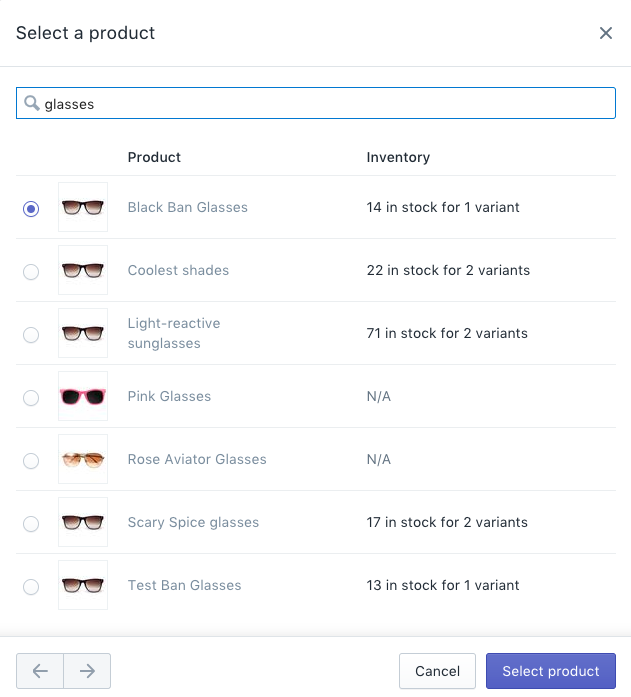
Once you install the app, follow these simple apps to generate a Shopcode for a product.
You can also incorporate the Shopcodes into your offline marketing strategy and have boost orders through your website. The codes can also prove invaluable in a whole variety of situations, allowing you to create integrated sales funnel that may bring offline customers to your Shopify store, with a single scan. And with QR code scanning becoming a part of the iOS ecosystem with native integration in iOS 11, this feature comes at a very opportune moment.
For instance, you can have the Shopcode to your most popular product printed in the newspaper with a heading asking users to scan to make a purchase. If the product is popular in that particular demographic, you are almost certain to bring in some sales with this marketing stunt.
Learn more about the Shopify Shopcodes by visiting this link. Interestingly, you can also give your Shopify Store a customized, personalized, branded mobile application that comes equipped with a QR code scanner by clicking this link.
Thank you for your interest!
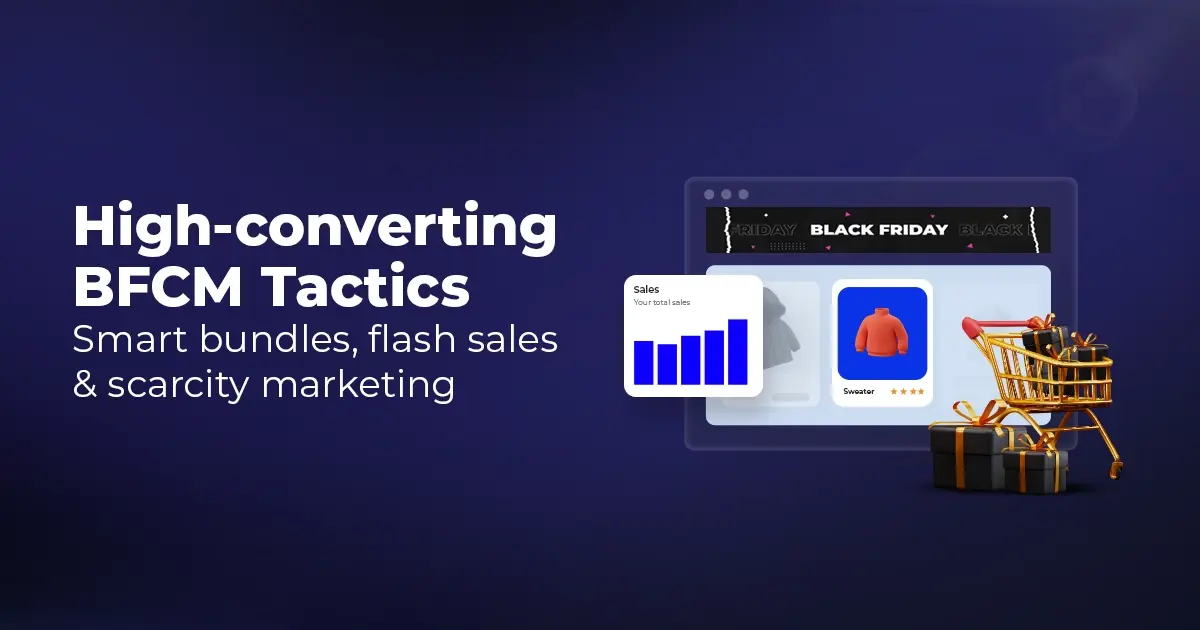
Reading Time: 13 minutesStill approaching BFCM with generic discounts, last-minute price cuts, or scattered promotions?…

Reading Time: 3 minutesTikTok Shop reached a major milestone during its largest U.S. “Global Black…

Reading Time: 3 minutesOpenAI has announced a new AI-powered shopping research tool designed to help…

Reading Time: 9 minutesIf your TikTok Shop listings often sit in review or your visibility…
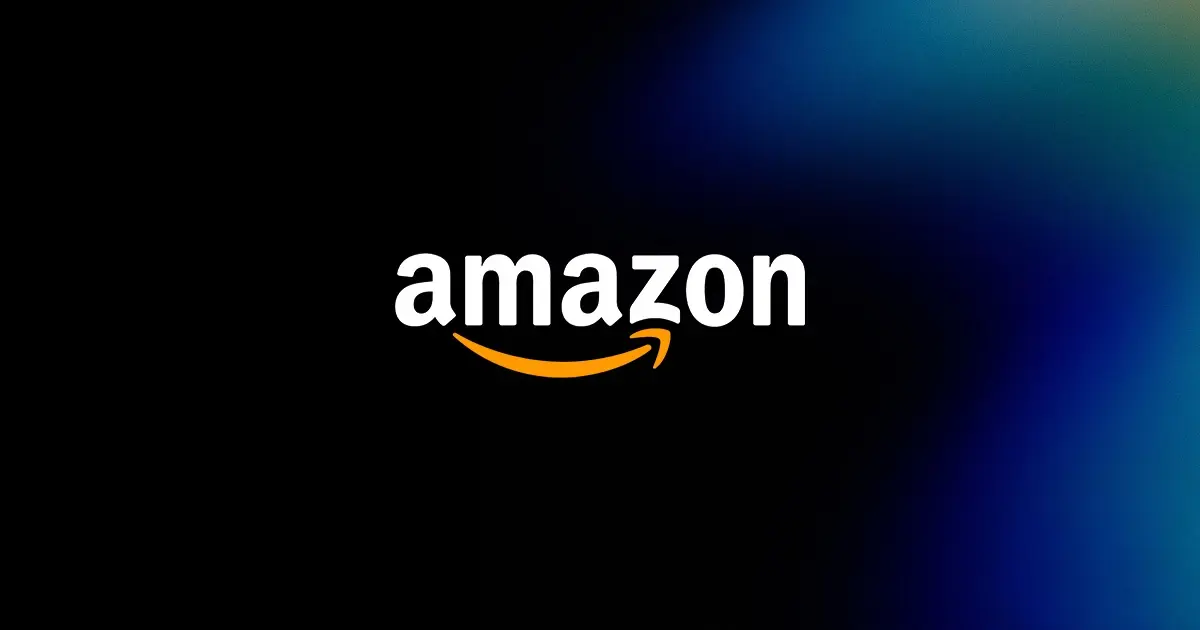
Reading Time: 3 minutesAmazon has rolled out a new “Seller Challenge” feature for eligible Account…
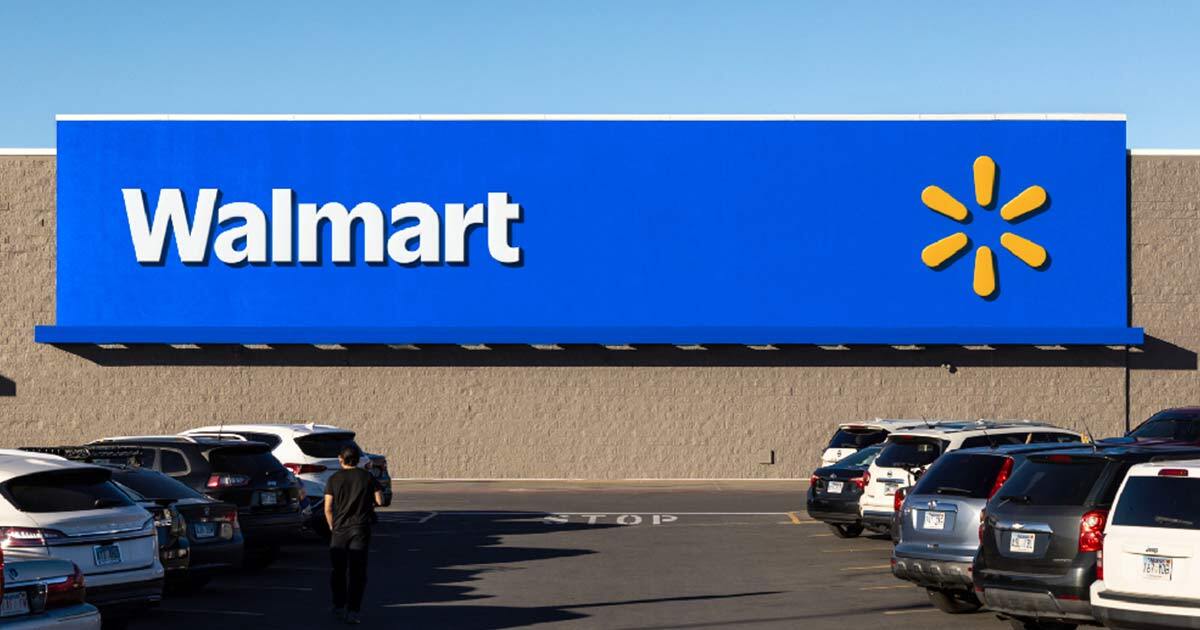
Reading Time: 3 minutesWalmart Marketplace has sharpened its requirements around product classification (category, type group,…

Reading Time: 3 minutesJust ahead of Black Friday, Amazon is enforcing tighter controls on its…

Reading Time: 11 minutesWhere holiday prep of past years focused on legacy channels like Amazon,…
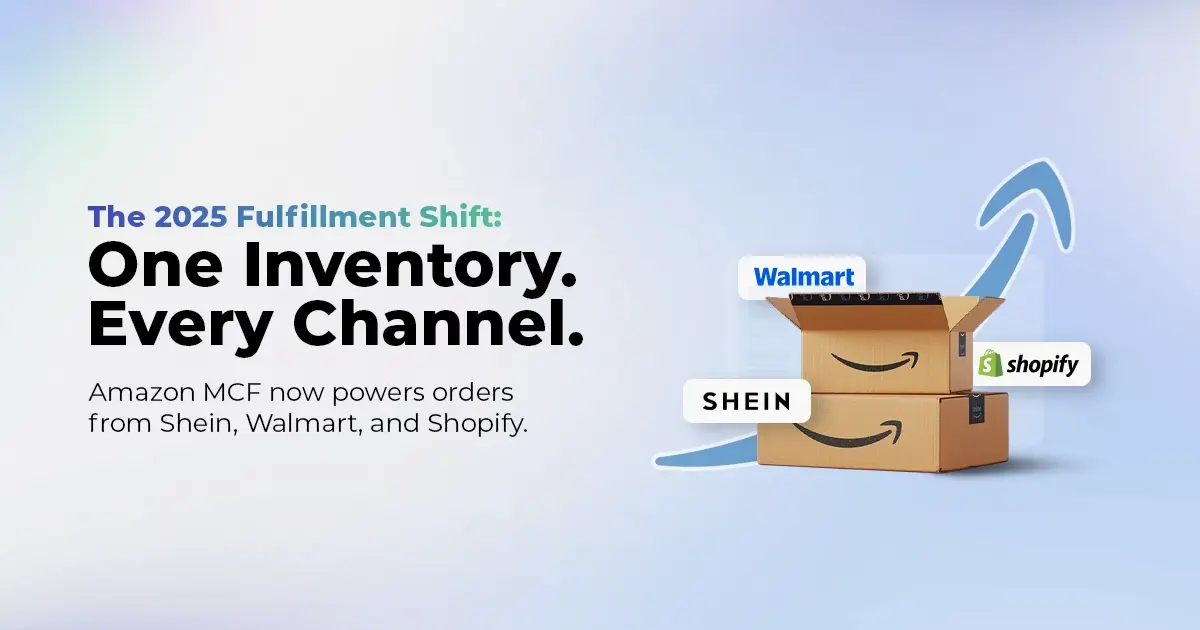
Reading Time: 11 minutesThe eCommerce shift you actually need to act on Multi-channel fulfillment has…

Reading Time: 10 minutesBlack Friday Cyber Monday (BFCM) isn’t a weekend anymore; it’s a two-month…

Reading Time: 2 minuteseBay is quietly testing a new feature that could reshape how buyers…

Reading Time: 2 minutesAmazon is stepping into a new era of value commerce with the…
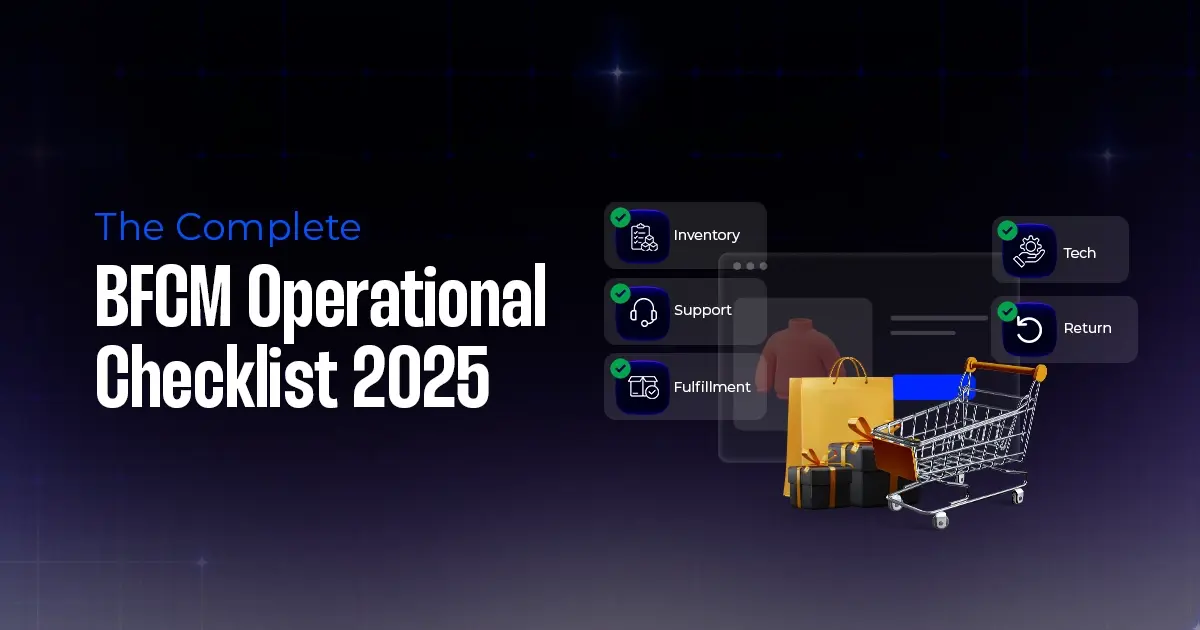
Reading Time: 11 minutesThe $240 Billion BFCM Opportunity & Why Operations Matter Every seller, business,…
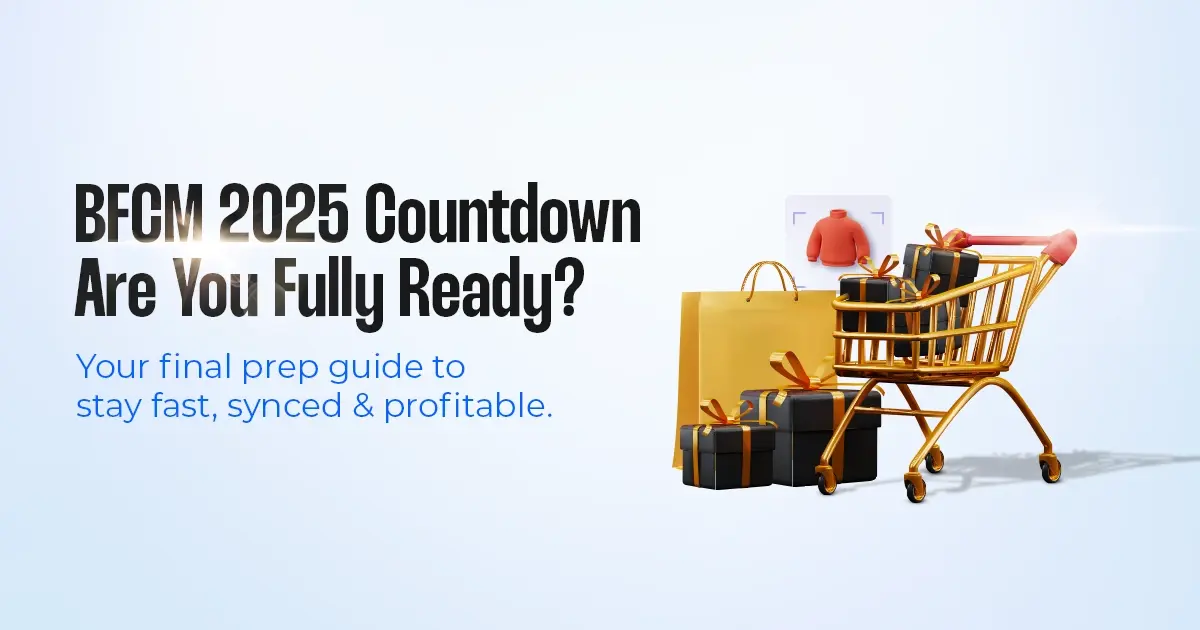
Reading Time: 7 minutesTL;DR — Your 60-Second BFCM Battle Plan Time remaining: 3 weeks until…

Reading Time: 2 minutesChina’s Double 11 shopping festival — the world’s largest annual online retail…

Reading Time: 2 minutesAs the holiday season approaches, TikTok Shop has released its September 2025…

Reading Time: 3 minutesIn a continued effort to enable sellers and stimulate new product launches…

Reading Time: 2 minutesAs global trade enters a new phase of regulation and cost restructuring,…

Reading Time: 2 minutesOpenAI Turns to Amazon Web Services in $38 Billion Cloud Deal: What…
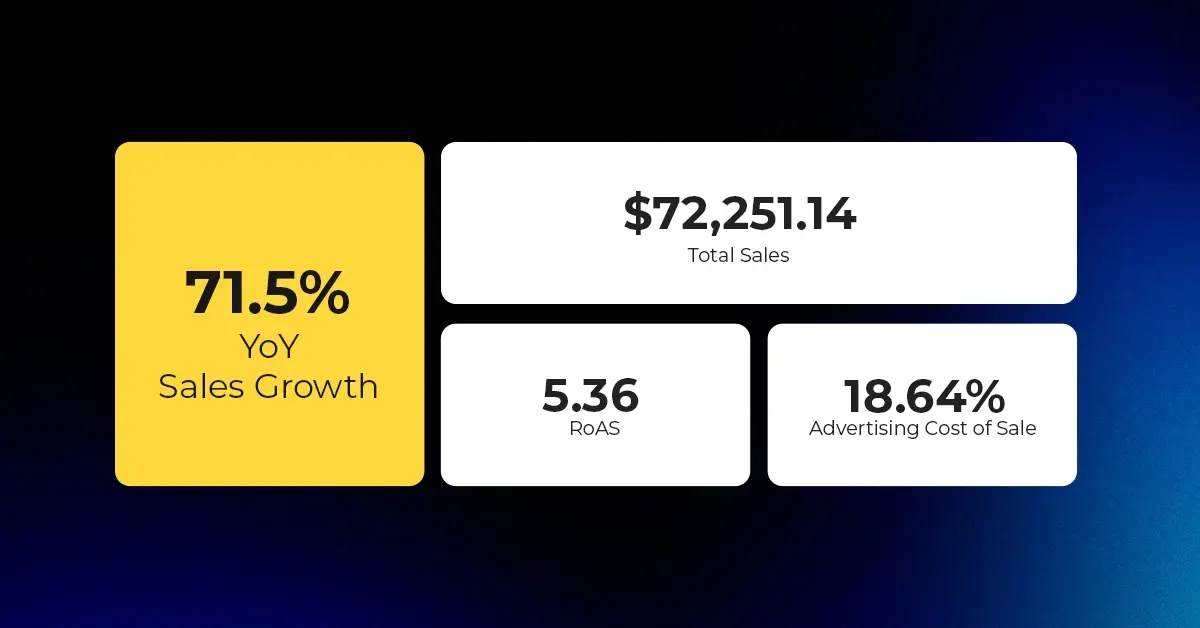
Reading Time: 4 minutesAbout the Client TMRG is a global health and wellness brand with…